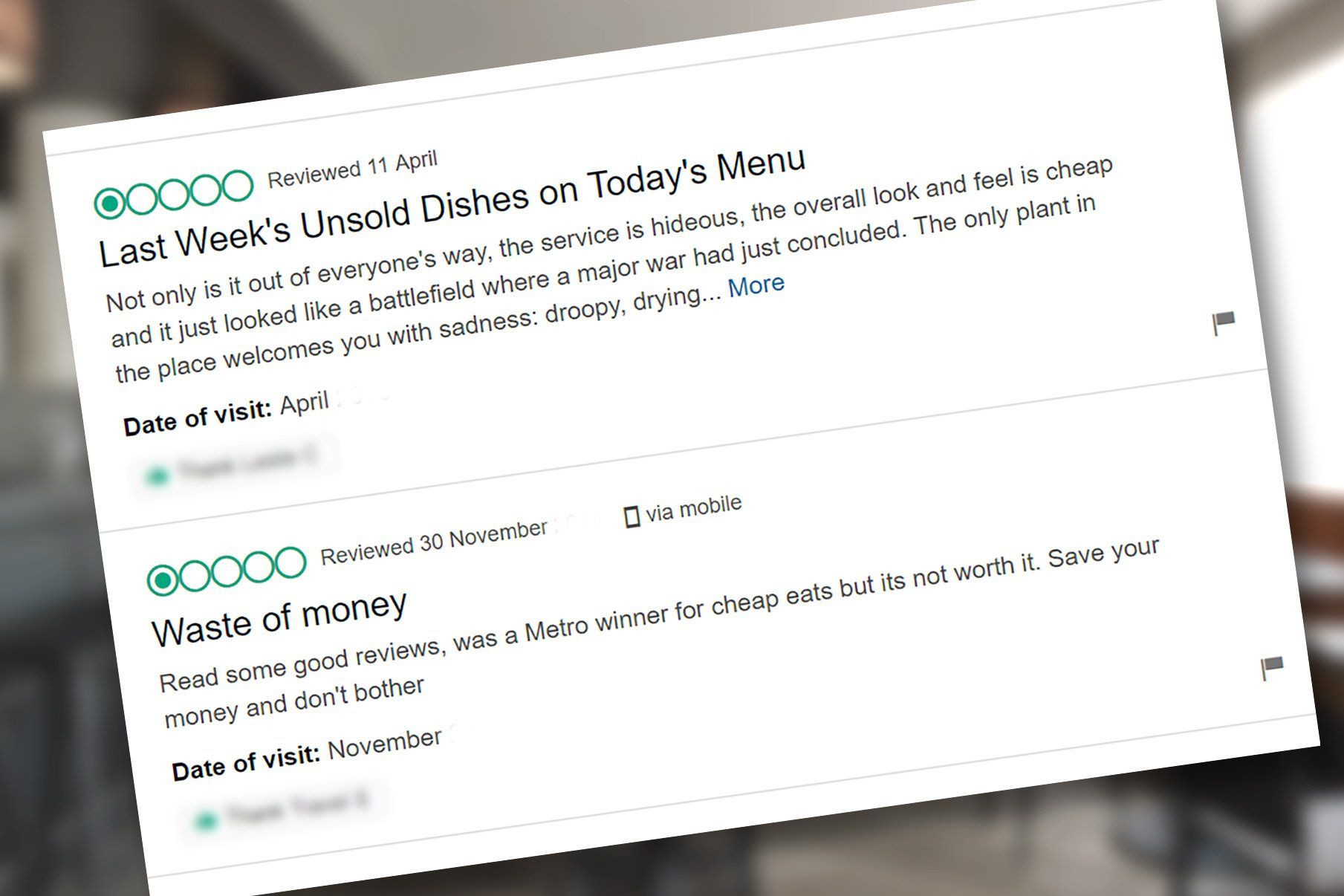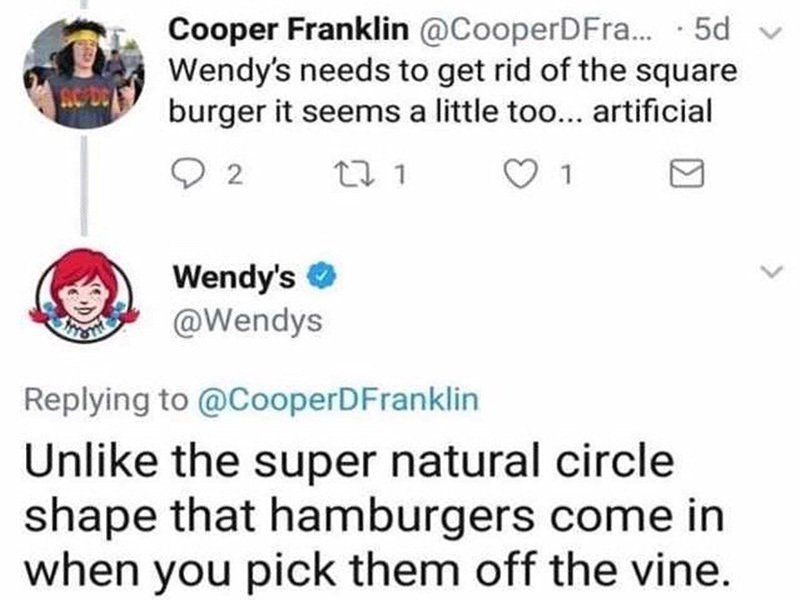
How your worst service can earn you money
In social media, bad customer reviews used well are the best marketing
“How do I delete this bad review?”
The request from a client – a small restaurant already doing badly – was a true facepalm moment.
It had received a bad customer review with a one-star rating. Not the first for that restaurant. The review criticised things such as a long wait for food, small portions. Some dishes were served hot, while others were already cold. It also talked about an indifferent attitude from the staff.
This client’s only response to the review was to ask she could remove it. She didn’t want to put other customers off coming to her restaurant.
In the end, she wrote a terse, defensive apology. The customer never came back and the business continued to struggle.
People, even hangry, tend to mellow after they have eaten, assuming the food and the service reach a reasonable standard. Most people are forgiving, especially if treated with respect and warmth, and if their complaints are acknowledged.
So for consistently bad reviews to be turning up, maybe there was actually something wrong.
“The customer is always right.”
In true marketing a business should, be built around the needs and expectations of its customer. Back in the 20th century, the phrase was an empire-building insight that became a powerful business principle.
Today, for almost any business operating within a competitive market, it is the basic rule of survival.
Social Media Destroys Businesses
Founder of Hootsuite Ryan Holmes identified it in his concise book The 4 Billion Dollar Tweet. Social media has the ability to strip value from a corporation within hours. It also has the potential to utterly crush the SME.

The savvy business owner always understood the power of excellent service. Even the smallest transaction should be measured not only in dollars exchanged, but the potential revenue from the customer lifetime.
On the other side of that coin, once a bad review could be shrugged off. Today , shared and amplified, it can do lasting damage.
More about the sharing and amplifying soon.
It could be argued that mainstream media always had the power to damage big business. Once, though, it was easier for journalists to be silenced by an influential client.
Newspaper execs could be persuaded to make a bad story go away. For a small business, being attacked by mainstream was rare, and surviving generally meant keeping low, staying quiet until it “all blew over.”
But the Internet doesn’t forget. Search algorithms love relevance, and brand beat-ups are good content. It’s in our DNA to love a good fight. So mud, as they say, sticks.
Weighing in and Virtue Signalling
The inevitable result of a bad review or a storified gripe about a business is that others will get involved. Social contacts adding their own experience – possibly embellishing it – offering sympathy or advice, or simply using the social channel to let everyone know how outraged they, too are.
If a story has the elements of virality, for example a complaint relates to children or animals, moral outrage can explode. When a post reaches that point it can seem that everything is lost for a business, but even from there, recovery is possible.
The key consideration in responding to any bad review, complaint, or online stoush should be this:
The customer probably had a point.
From their perspective, they were unhappy with the business’ service, product, or behaviour. In the case of the restaurant mentioned earlier, the complaints were very legitimate.
The front of house staff were poorly trained. The kitchen was understaffed and unable to meet demand at peak times. The food was expensive and poor quality compared to a nearby competitor.
A savvy business would take the review as helpful feedback. They might conduct a small survey to get a broader picture from customers, and make positive changes. This, for an agile operation in a competitive market, makes good business sense.
Regardless, it is the response to the review or post that is key: deleting it is not an option.
The Apology
One response – remarkably difficult for some, especially small business owners who feel they have been personally attacked – is simply to apologise. Acknowledging the complainant’s feelings, accepting their criticism, and, most importantly, committing to change.
Research shows that apologies are most effective when the apologiser incurs some level of cost, as well as promising to improve.
A refund, a replacement, or some other gesture or gift can turn a detractor into a fan. Creating social media’s greatest gift to business: the personal endorsement.
Hated a product? Imagine being offered not just a replacement, but an upgrade to a better model.
Disliked a meal? Imagine a full refund, and a shopping voucher.
Unimpressed by service? Imagine a personal response from the business owner and a luxury gift hamper.
Any business hesitating at the cost of such gestures should remember, this should come out of the marketing budget. Responding to a complaint that is shareable and creates engagement is worth it.
Other people will see how well the business handled the complaint. They will share and talk about it. The original reviewer goes on to become a hero, and in some cases, a champion of that business.
The Discussion

A big name in New Zealand’s massive dairy industry recently expressed dismay at a story run on a local news site.
Although the story itself had a positive – perhaps sponsored – spin, it was shared in social media. Where, unsurprisingly, the public were merciless in their criticism of Big Dairy.
The organisation’s agency, not equipped to act as community manager, washed its hands of the fallout. Panic ensued. This is the driver of many bigger corporations’ fears: that public groundswell may go against them, damaging their brand.
There are two appropriate responses to this. Both will be increasingly necessary for the survival of big business – and this even applies to the social media channels themselves.
The first is to acknowledge that the Big Corporation’s social, moral and environmental age of reckoning has come.
Social media has forced transparency like never before on big business. As global communities continue to grow in influence, the pressure to behave ethically will, too.
The expectation for all business will be sustainability, accountability, and ethics over profit. The dinosaurs that try to hold on to the power structures of the past will find themselves facing extinction.
The second is to have the discussion. Provided the (dairy) company meets those criteria of environmental and moral accountability, it can respond honestly and openly to critics. And it should respond.
It may not persuade the harshest critics. But the debate will be seen by many, the majority of whom may not contribute but will read. Timely and compelling responses can make all the difference.
The clap back
The riskiest, but potentially most successful response to critics is the sassy comeback. The clever or fearless business can employ this and the rewards can be significant.
Most suited to businesses or enterprises that can be confident that they hold the moral or intellectual high ground. Or at least have the support of their key customer base.
Nuance is everything, here. The sassy response recognises that human motives for stirring up trouble are not always to be helpful. It may be for self-gratification, ego, virtue signalling, or personal gain.
But a smart response should be used carefully. It could be seen as a clever smackdown of a troll. But it could also be seen as corporate bullying.

Attitude can be a huge win in making a brand memorable and winning the support of its customer base. Humans are tribal and factional by nature. By capitalising on conflict, the most compelling topic to the human brain (fighting, food and sex are the top three, in descending order) the clap-back can be social media marketing at its finest.
It’s About Conversations
Whatever the response, a response is needed. Social media has changed the game for business forever. In a way it has turned back the clock to the time a merchant was accountable to his or her community. But in the twenty-first century, it can be on a global scale.
“Feedback is a gift” used to mean it was an opportunity to improve on the strength of customers’ criticism. Now, feedback in the online space is a marketing asset.


